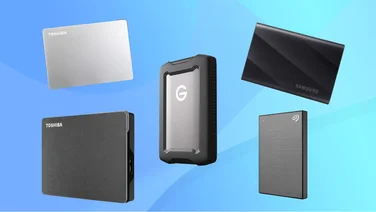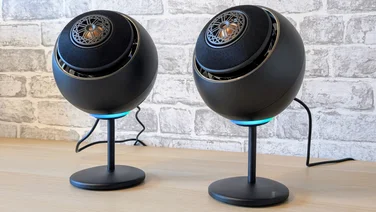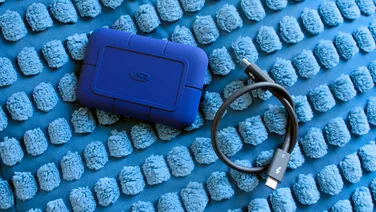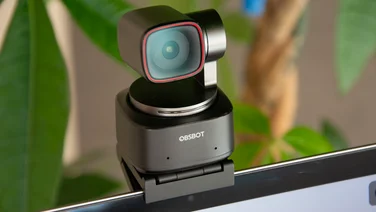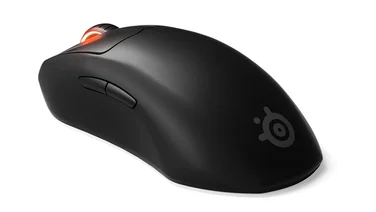To help us provide you with free impartial advice, we may earn a commission if you buy through links on our site. Learn more




- Slightly faster than the previous version
- Good overall build quality
- Type-A and Type-C cables provided
- Still uses old-school micro-B connector
- Slow random read/write speeds and large file transfers
The Toshiba Canvio Flex has spent the last three years as a stalwart of our Best external hard drive guide. It’s cheap, well-built, fast by HDD standards and, in my experience, reliable. And now Toshiba is back with a new version (product code: HDTX220ESCAA) which Toshiba claims is equipped to connect seamlessly across smartphones, tablets and Mac or Windows PCs, with both USB-C and USB-A connectivity. Is the new Canvio Flex a worthy upgrade? I’ve been testing it and using it for a few weeks to find out.
What do you get for the money?
From the top, the Canvio Flex appears to be a premium all-aluminium unit in the style of LaCie’s old external HDDs, but upon closer inspection it’s a more wallet-friendly all-plastic affair with a silver metallic top and matt black plastic bottom. It feels solid and it’s described as shock-resistant, though there’s no certification to back this up – just a three-year guarantee. It’s preformatted as an exFAT drive, so it will work with just about anything.




I’d say it’s better suited to home and small office backup and storage duties than life out on the road, where a more ruggedized SSD would be a better choice. At 80 x 110 x 13.5mm, it’s slim by portable HDD standards, but nowhere near as small as many modern SSDs – and heavier too at 149g.
Toshiba wins some bonus points for including both USB Type-C and Type-A cables, though it’s a shame that the other end terminates in a USB 3 micro-B connector, which isn’t as robust or as easy to insert as USB-C. There’s also a blue LED lurking behind the plastic grill next to the connector, which glows and flickers when the drive is active.
How does it perform?
The new Canvio Flex is ever so slightly faster than the old one, with sequential read speeds of 153.62MB/sec and write speeds of 167.63MB/sec over a USB Type-C connection. The old model peaked at 151.5MB/sec and 159.76MB/sec respectively. That’s not bad at all given the old Canvio Flex was one of the fastest external HDDs I’ve tested, though it’s still painfully slow when compared to even the slowest external SSDs. Random 4K read write speeds are predictably dreadful, maxing out at 0.54MB/sec (read) and 6.59MB/sec (write). These figures are extremely close to what we saw with the original drive.




Performance drops slightly over USB Type-A, with sequential read speeds of 151.5MB/sec and write speeds of 164.18MB/sec. That’s still pretty swift by external HDD standards, albeit not by the standards of flash memory-based storage.
As with any USB HDD, transferring large files can be painful. The 6.7GB video file we use for testing takes ten or 11 seconds to write and less to read on a decent SSD. On the Canvio Flex, you’re looking at 47 seconds while writing and 48-52 seconds to read. It’s a good choice for backups, archives and storing games you’re not looking to play right now, but not for anything where performance and latency might cause problems.
Are there any useful extras?
Toshiba helps keep costs down by not installing any software on the drive or bundling any with it. If you need backup or encryption tools, you’ll need to find your own from a third-party or built into the OS.
Should you buy the Toshiba Canvio Flex (2025)?
As always, the argument for buying a USB HDD instead of an SSD comes down to capacity and cost. 2TB of new Canvio Flex can be had for under £90. 4TB will cost you under £125. You’ll shave off a few seconds over slower drives when performing large transfers and backups, and while the tech isn’t all that exciting, it’s steady and reliable. It comes as no surprise, then, that we’ll be replacing the old Canvio Flex with the new one in our Best external hard drives guide. It’s just as good in all respects and slightly faster.

